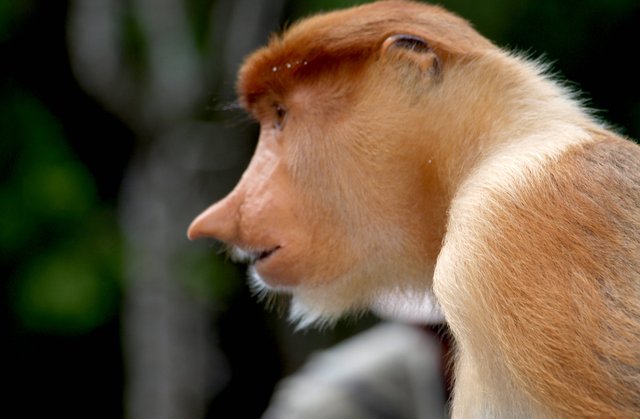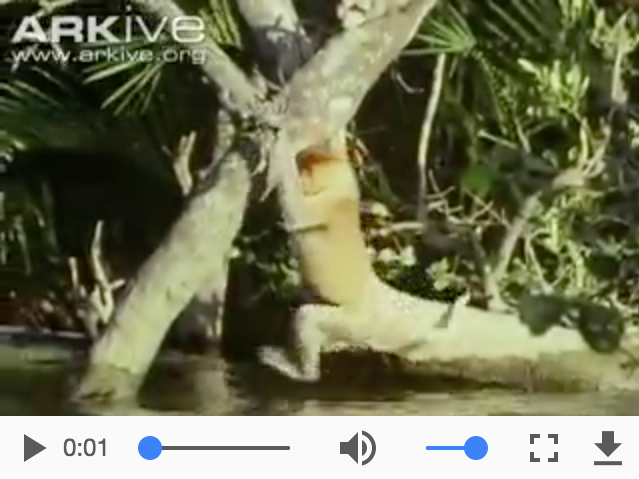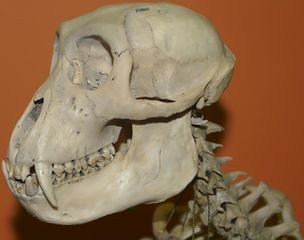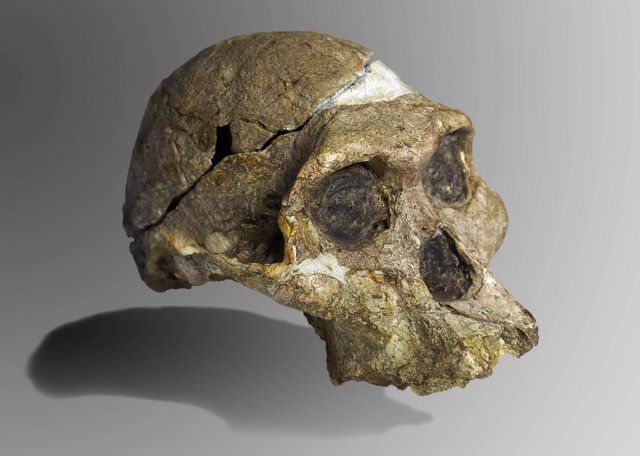Convergent evolution in Australopithecus and Proboscis monkey (Nasalis larvatus) with a protruding nose
I suggested earlier that the human nasal ridge was a memetic adaptation, to introduce contrast to the human face, and it is possible also at an earlier stage a persistence hunting adaptation so that sweat dripped off the nose, but primarily to communicate ideas through geometry in the human face.
The nasal ridge as a memetic adaptation, could then have co-opted an earlier adaptation, with nasal cartilage as an adaptation for swimming under water.
The Proboscis monkey (Nasalis larvatus) has evolved in the mangrove on Borneo, and swims across rivers and so on their nose keeps water on the outside of the respiratory tract.
Looking at just a cranium from Nasalis larvatus, there is little sign that this particular monkey had a protruding nose.
Did Australopithecus have a cartilage nose?
The mosasaurus fin soft tissue was discovered in 2013, so soft tissue like nasal cartilage does fossilise in some ways, tough it's not easily found in especially when its not being looked for. The mosasaurus upper fin is an example of fossil cartilage, and it was not discovered until 2013. Here is an excerpt from the paper Soft tissue preservation in a fossil marine lizard with a bilobed tail fin [1]
Convergent evolution has resulted in some remarkable morphological adaptations in organisms that are found in similar environments. A classic example is the streamlined body shape and fluked tail developed by cetaceans and fish to allow swift movement through the water. Piscine body plans and bilobed caudal flukes have also been documented in two groups of distantly related Mesozoic marine reptiles; that is, ichthyosaurs and metriorhynchid crocodyliforms, thanks to rare soft tissue impressions in exceptionally preserved fossils. However, to date, no similar soft tissue evidence has been reported in mosasaurs, despite a remarkably rich fossil record and a collection history that spans almost 250 years.
And so, as convergent evolution tends to produce similar morphological adaptations in organisms that are found in similar environments, and you as a human reading this has a node that protrudes, that adaptation could possibly originate from the same time in human evolution when Australopithecus adapted for paddle-like feet, and an erect spine for swimming horizontally, as well as possibly a descended larynx (while still retaining air-sacs as the adaptation was for respiration and not for vocalisation), and so Australopithecus may have had a protruding nose very similar to the Proboscis monkey.
References
- Soft tissue preservation in a fossil marine lizard with a bilobed tail fin, Nature Communications 4, Article number: 2423 DOI: 10.1038/ncomms3423




